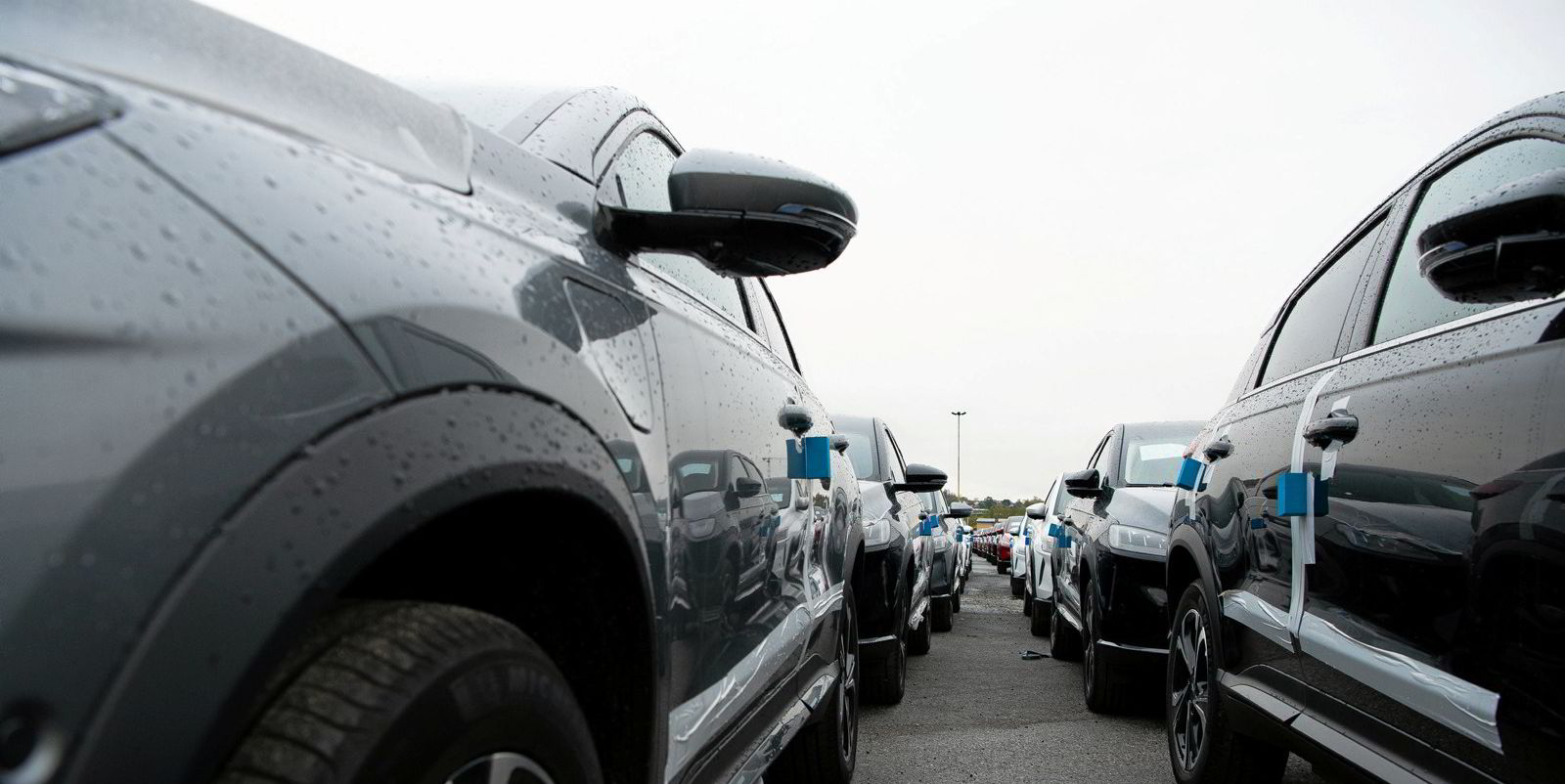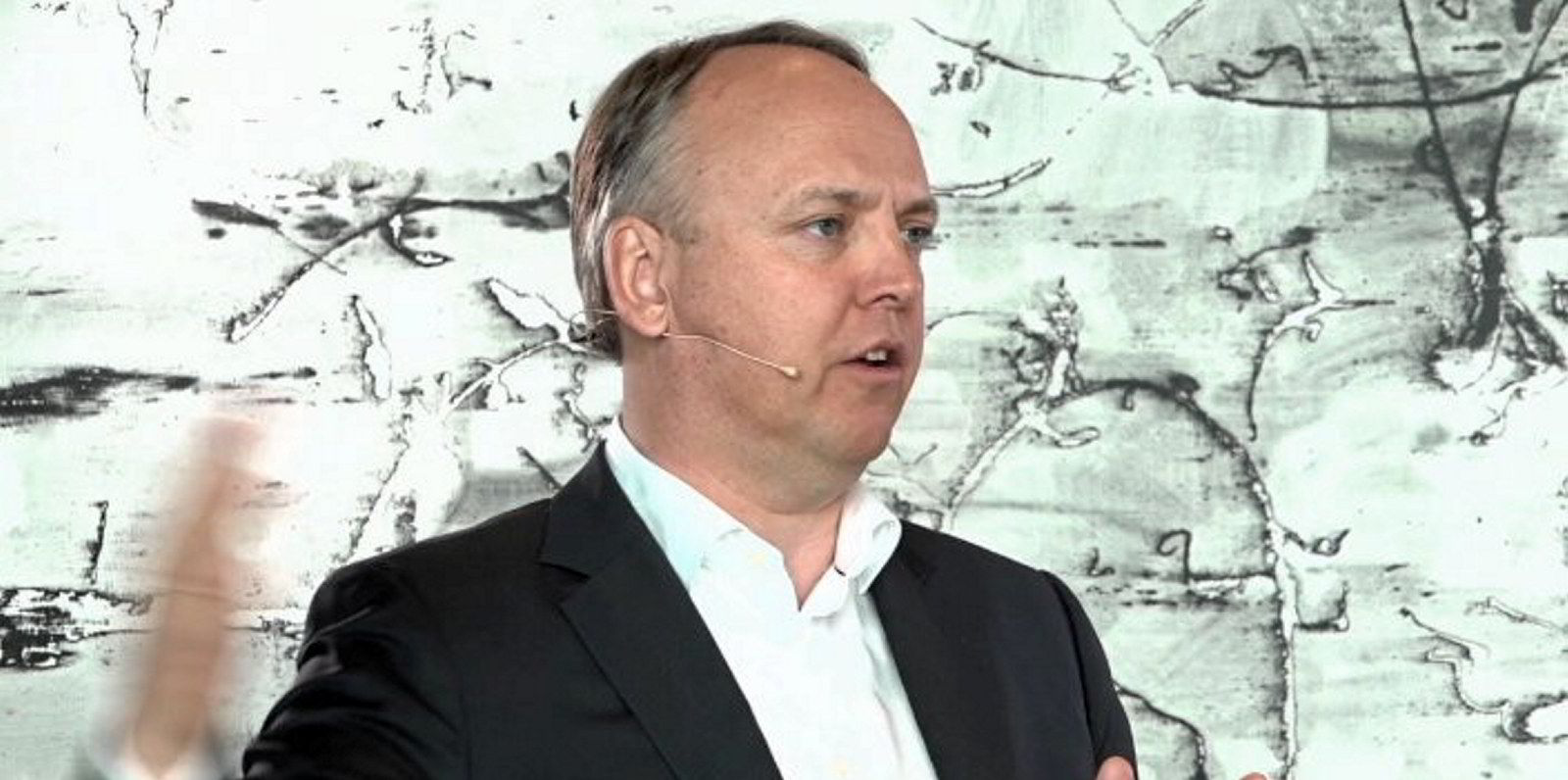Euronext-listed tonnage provider Gram Car Carriers has boosted its dividend with a sold-out fleet and prospects of higher charter rates for longer periods.
Former private tonnage provider Gram debuted in January on Oslo’s unregulated Euronext board and plans to upgrade to a full Oslo Stock Exchange listing by year end, offering 18 owned ships and eight more under commercial management.
“It is panning out as planned, maybe better than planned,” chief executive officer Georg Whist told TradeWinds. The company has upped its dividend to $0.93 per share, within the dividend target of 50% of net profit that the company’s bank financings allow.
Whist said Gram would not turn up its nose at good acquisition opportunities for ships on the water but that is not its focus.
“We are sticking to our story,” he said. “We are looking at all kinds of opportunities on the merger and acquisition front but will only do so if it is accretive to our earnings.”
As for newbuildings, Gram will leave that in the hands of its affiliate Global Auto Carriers, which has four 7,000-ceu vessels on order for the Gram fleet plus four options, with deliveries stretching from 2026 to 2028. Global Auto was set up in April by Gram shareholders F Laeisz, Asiatic Lloyd, Clipper, and Morten Astrup-controlled Surfside.
Gram operates in three segments, with 11 mid-sized vessels of between 3,500 ceu and 6,000 ceu, six panamax vessels of up to 7,000 ceu, and five smaller distribution ships. It is in the mid-sized segment that has seen the greatest rate improvement, with rates now averaging $21,700 per day, up from an average $17,400 per day last quarter. Panamax rates are unchanged so far because those ships are set for renewal next year.
Vessels growing scarce
Vessels available for charter from car-carrier tonnage providers are growing scarce, and Gram’s fleet revenue days are sold out through the end of the year. But it has significant exposure to rising rates, with 41% of revenue days open for 2023 and 69% for 2024.
The target for panamax vessels is charters of five to seven years, and for mid-size vessels five years.
In the smaller distribution segment, the picture is different because pricing has lagged behind that for larger vessels.
As a result, Gram has been fixing its small vessels on shorter-term contracts. But there are signs of increasing demand and better pricing there, as the full-packed mainline ships make fewer calls at the delivery end of their voyages and need more intensive service from regional ships.
“We see indications that operators are taking measures to optimise the utilisation of the larger and more costly tonnage, which we expect to have a positive effect on demand for the smaller distribution vessels,” chief financial officer Gunnar Kolloen told investors on an earnings call.
“Higher revenues from the panamax vessels will come gradually next year as these vessels roll off of existing contracts.”
Gram Car Carriers earned a net profit of $5.35m in the second quarter on operating revenue of $27.74m. Compared with second quarter 2021 figures from its private predecessor, that reverses a loss of $502,000 year on year on operating revenue of $19.32m.




